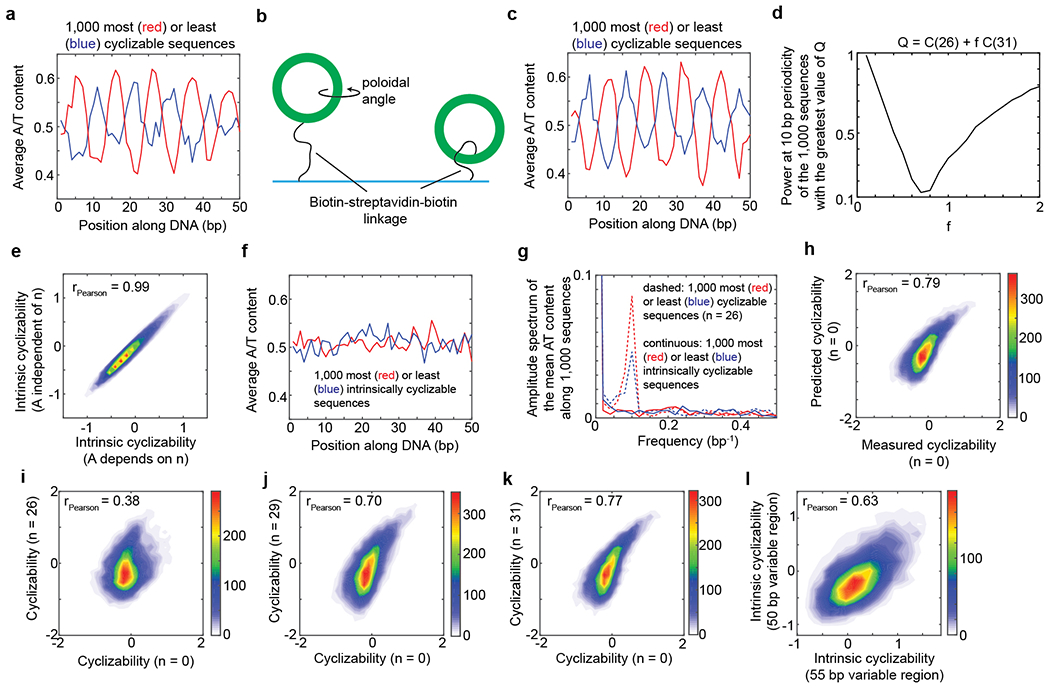Extended Data Fig. 4: Dependence of cyclizability on tether geometry and rotational phasing.

a, Loop-seq was performed on the Random Library (Supplementary Note 5). Plotted is the mean A/T content as a function of position along the central variable 50 bp region, where the mean is calculated by averaging over the 1,000 most cyclizable (red) or least cyclizable (blue) sequences. The value of n (n = 26) is the distance in nucleotides of the biotin tether from the end of each molecule in the library (Fig. 1d). b, In an untethered geometry, sequence features such as the phase of the oscillations in A/T content may result in the looped configuration having a preference for a certain poloidal angle (rotation along the long axis of DNA). Preference for a certain poloidal angle translates to a preference for a certain orientation of the biotin-streptavidin tether. Shown above are two extreme cases – in one case, the poloidal angle preference of the sequence results in a preferential orientation of the tether on the outside, while in the other case, the tether points to the inside at the point of contact with the DNA. As the biotin-streptavidin-complex is quite large, the outside orientation may be more favored for looping owing to steric considerations. The outside orientation can be converted to the inside orientation by moving the biotin tether point to a base that is half the DNA helical repeat away. This may explain why the phase of the oscillation of A/T content among the most or least cyclizable sequences shifts by half the helical repeat of DNA when the tether point is also shifted by half the helical repeat of DNA (about 5 bases) (compare panels a and c). c, The random library was re-prepared, placing the biotin 31 nt away from the ends (n = 31) and loop-seq was performed. Plotted are the same quantities as in panel a, except the 1,000 most and least cyclizable sequences of the library were identified based on the newly obtained cyclizability values under the n = 31 condition. d – e, See context in which these panels are referred to in Supplementary Note 7. In panel e, Pearson’s r = 0.987, 95% CI = [0.986, 0.987]. p < 0.00001 (t-test, two-sided). f, Mean A/T content as a function of position along the variable region of the Random Library, where the averaging is done over the 1,000 sequences that have the highest (red) or lowest (blue) values of intrinsic cyclizability. The scale of the axes is the same as in panels a and c. g, Amplitude spectra obtained from the fast Fourier transforms of the plots in panel f (solid lines) and panel a (dashed lines). h, 2D histogram of the scatter plot of measured cyclizability of sequences in the Random Library prepared with the biotin at the very end of the molecule (n = 0 condition) vs its predicted value based on the oscillatory model (equation 1 in Supplementary Note 7). Pearson’s r = 0.787. 95% CI = [0.78, 0.793]. p < 0.00001 (t-test, two-sided). i – k, 2D histogram of scatter plot of measured cyclizabilities of sequences in the Random library prepared at n = 0 vs prepared at n = 26, 29, 31 nt. For panel i, Pearson’s r = 0.38. 95% CI = [0.37, 0.40]. p < 0.00001 (t-test, two-sided). For panel j, Pearson’s r = 0.70. 95% CI = [0.69, 0.71]. p < 0.00001 (t-test, two-sided). For panel k, Pearson’s r = 0.77. 95% CI = [0.76, 0.78]. p < 0.00001 (t-test, two-sided). l, The use of long 10 nt overhangs has been shown to eliminate the need for ligase and to reduce the dependence of looping on rotational phasing between the ends6. Shown here is a 2D histogram of the scatter plot of intrinsic cyclizability of a sequence in the random library (which had 50 bp of DNA along the central variable region) vs the corresponding sequence in library L (Supplementary Note 8) where 5 bases were added to the variable region. A correlation coefficient only slightly poorer than the correlation between cyclizability values of the Random Library and the Reverse Complement of the Random Library (Extended Data Fig. 3f) suggests that rotational phasing of the ends does not significantly influence intrinsic cyclizability. Pearson’s r = 0.63. 95% CI = [0.61, 0.65]. p < 0.00001 (t-test, two-sided). See Supplementary Note 8.
